Philadelphia’s Moderne Gallery has become synonymous with the Studio Craft Movement and its leading names such as George Nakashima, Sam Maloof and Wharton Esherick. Effect Magazine speaks to Moderne’s founder Robert Aibel and his son, gallery co-director Joshua Aibel, to discover the origins of this decades-long association.
“I always found these objects powerful,” says Joshua Aibel, describing an enviable childhood surrounded by the works of Studio Craft Movement icons Wharton Esherick and George Nakashima. “I noticed there was this presence behind them – that they could elevate your thought, your interior, and in my view, your life.”
His recollections underscore the almost transcendental connection many people feel with these soulful works of art. It’s why Nakashima is now recognised as one of the pantheon of 20th-century designers – “perhaps in the top five of the pantheon,” says Robert Aibel – who is in no small part responsible for this recognition. And it explains why the Studio Craft Movement retains such resonance today.
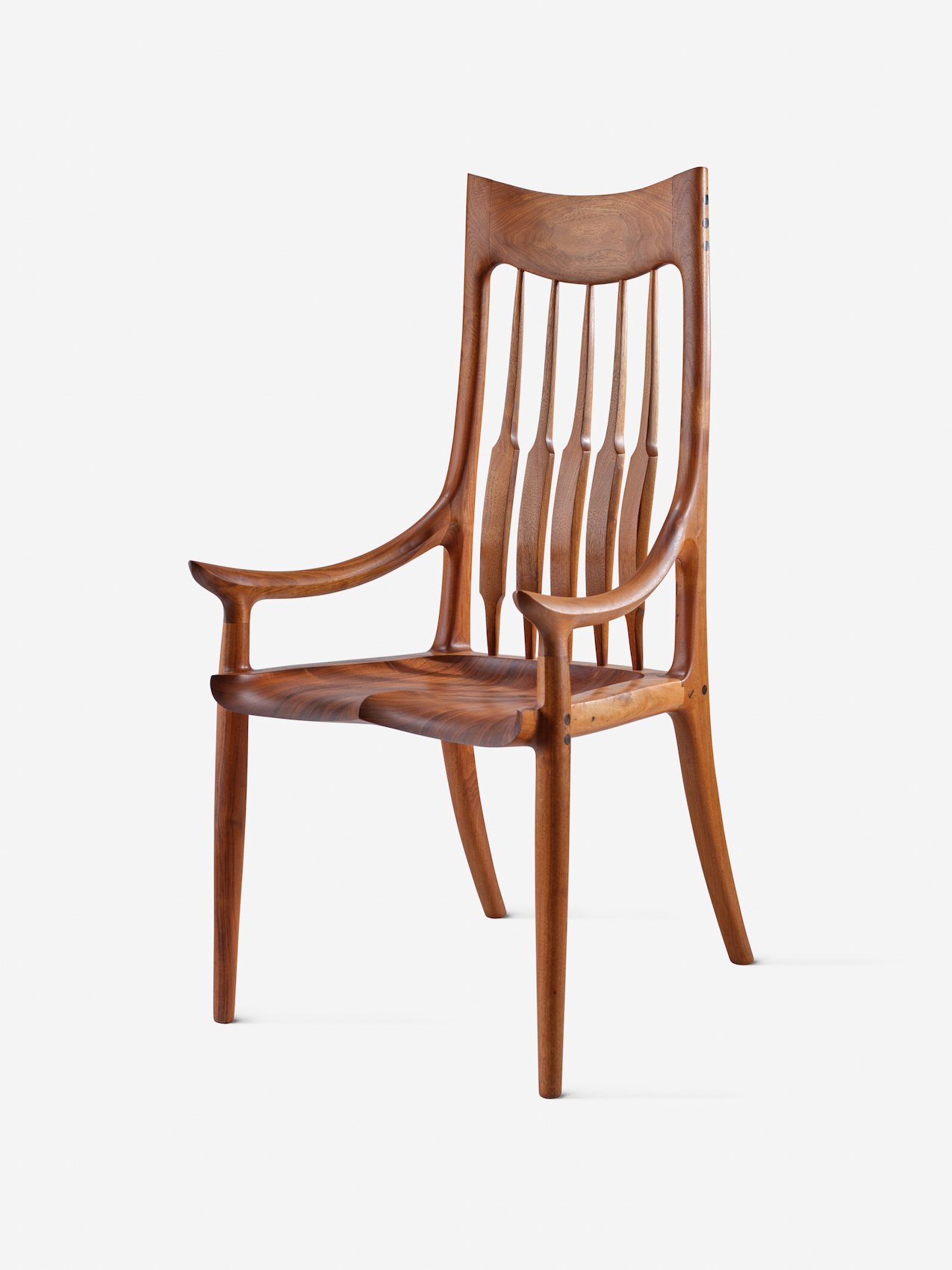

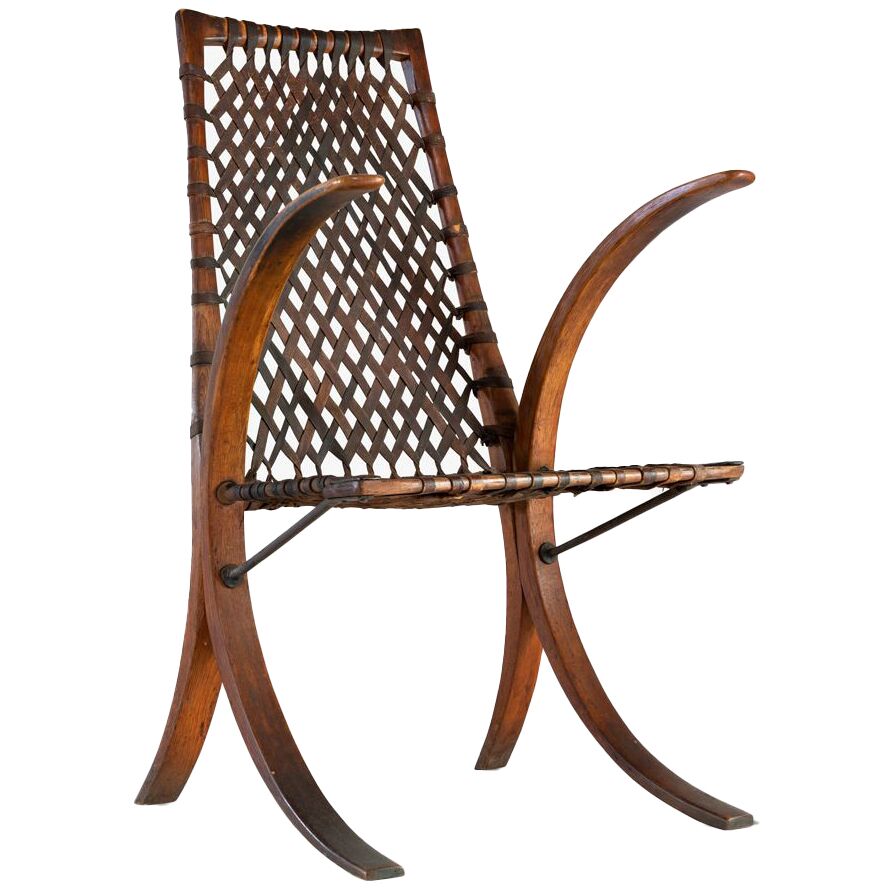
But what exactly is the Studio Craft Movement? “The definition can be rather loose,” says Robert. “But it is basically the concept of a person making an object which is functional, and in most cases, sculptural, so that it’s both aesthetically pleasing and still functional.”
Josh elucidates: “An important aspect of the Studio Craft Movement is that it’s the maker’s personal vision and the process of creation – rather than the final product, which is usually a one-of-a-kind work of art. That’s really the essence of the studio maker: it’s more their vision and their process – and what this represents – than the final product.”
When I started the gallery we were primarily French Art Deco. But in 1985 I got a phone call that changed everything.
Robert Aibel, founder of Moderne Gallery
Robert winds back to explain the origins of the movement: “It started with the kind of mythical image of the fine artist working in his or her studio. And it developed with Wharton Esherick – among the first Americans to really start working that way, in the mid-1920s. Wendell Castle specifically credited Esherick with creating this model.”
The 1950s to the early 1970s saw the real development of studio furniture makers. Sam Maloof in the 1950s, Wendell Castle in the early 60s, and George Nakashima from the mid-1960s onwards. And here, Robert takes up the story through the lens of Moderne.

“In 1984, when I started the gallery, we were primarily French Art Deco. But in 1985, I got a phone call that changed everything. It was from a doctor who was moving. And he had a dining table that he called ‘used furniture’. And I said, ‘Well, what kind?’ He said, ‘Well, it was made by this guy in New Hope – Nakashima.’
“I’d already been out to Nakashima a couple of times. And so I didn’t think the ‘used’ classification was a good one. But in fact, by 1985, most of the studio furniture and studio ceramic makers were somewhat forgotten already. The market was primarily for brand new furniture – not historically relevant furniture.”
Robert sold the Nakashima dining table and chairs almost immediately. “I didn’t know that was going to happen, but there were a couple of people out there who cared and knew who he was.”
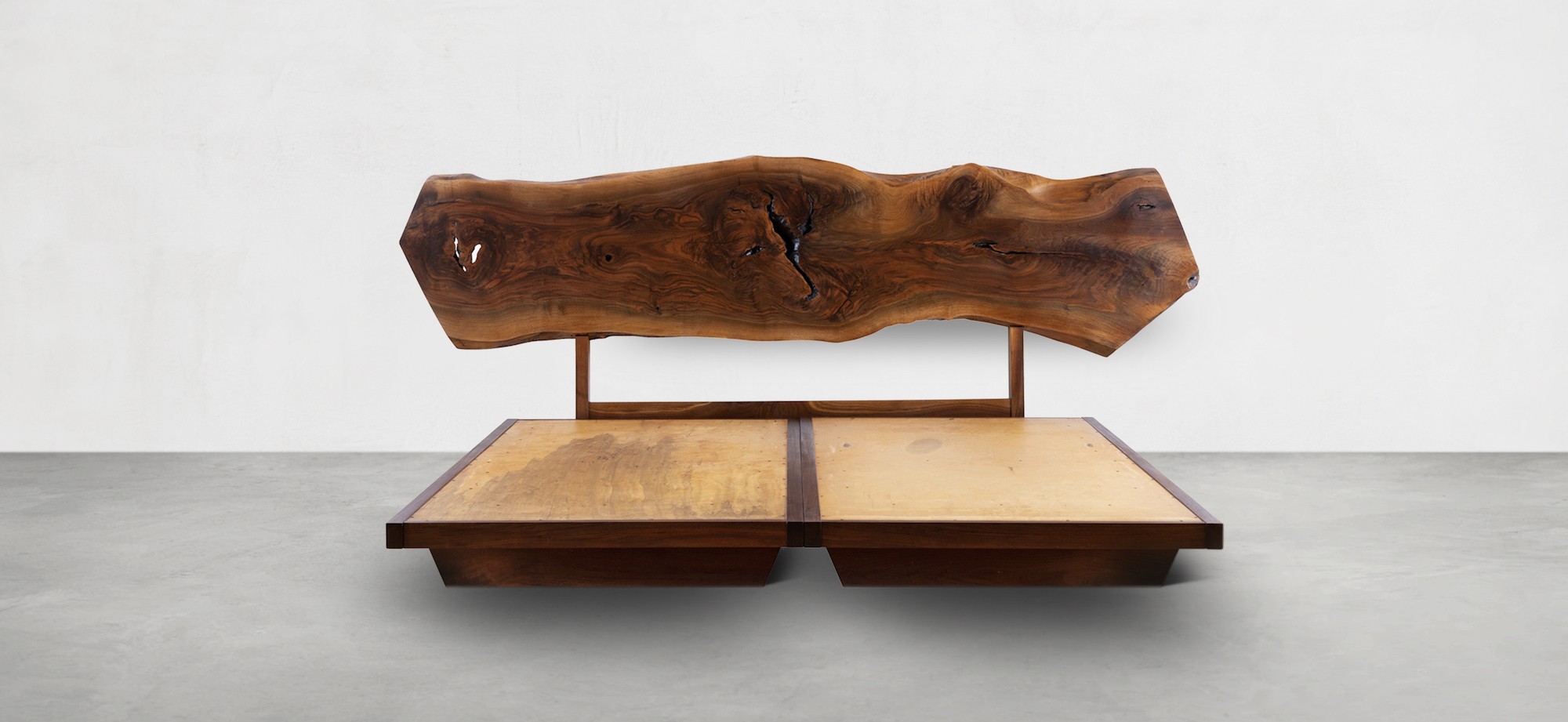
And then Robert kept hearing from people who had Nakashima furniture in their garages, in their basements, in their barns. “It’s fashion,” says Robert. “If you decorated your house in 1965, it’s very possible that by 1985 you would have changed everything completely. And so those things were ‘used’ – they didn’t want them anymore. But that just rubbed me the wrong way. He was a genius, and he was a brilliant maker. It didn’t make any sense. And at that point, I made a decision that I was going to work really hard on trying to change that.”
I always found these objects powerful….they could elevate your thought, your interior, and in my view, your life.”
Joshua Aibel, co-director of Moderne Gallery
Moderne were the first gallery to seriously promote his work. They pushed hard, exhibiting both George Nakashima and his daughter, Mira Nakashima’s work at art and design shows – and Robert pays tribute to the tireless work of Moderne’s publicist in those early years, the late Phoebe Resnick.
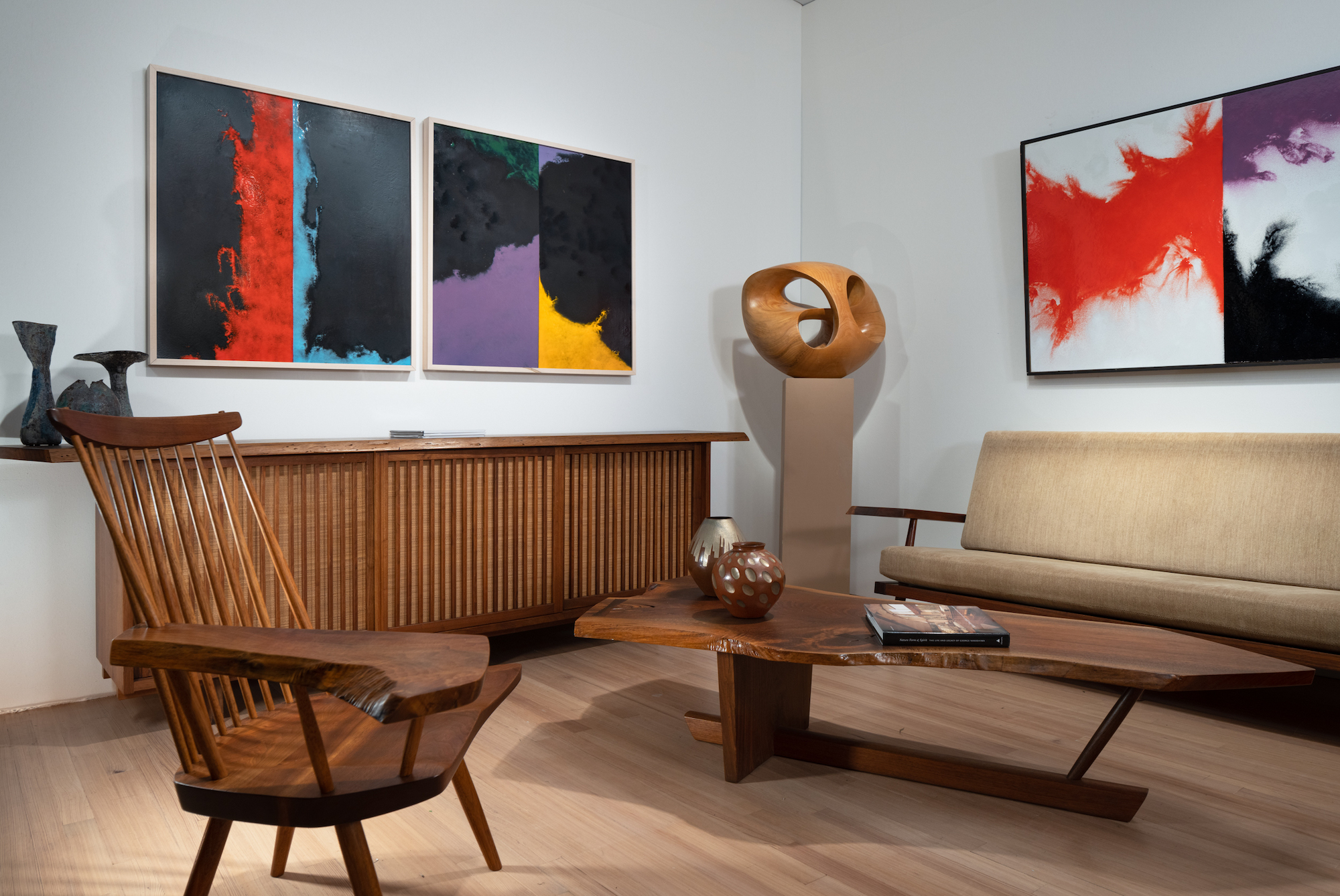
For Moderne, it also provided an opportunity to pivot. Up to this point, Moderne’s main focus had been French Art Deco – a legacy of Robert Aibel’s route into the business.
Prior to Moderne, Robert was a professor, academic and filmmaker. He’d caught the collecting bug when “doing my dissertation in a community up in central Pennsylvania, where the only entertainment were these little country auctions.”
A while later, on an academic research trip to Paris, Robert found himself with a spare week. “I started searching for furniture for our house, and I bought some Art Deco stuff. By the time I left, I decided that I was going to open something. I came back and I got a warehouse.”
The market for Art Deco – particularly in New York City – was strong at the time. The business kept developing and eventually, Robert quit his academic post to fully focus on Moderne.
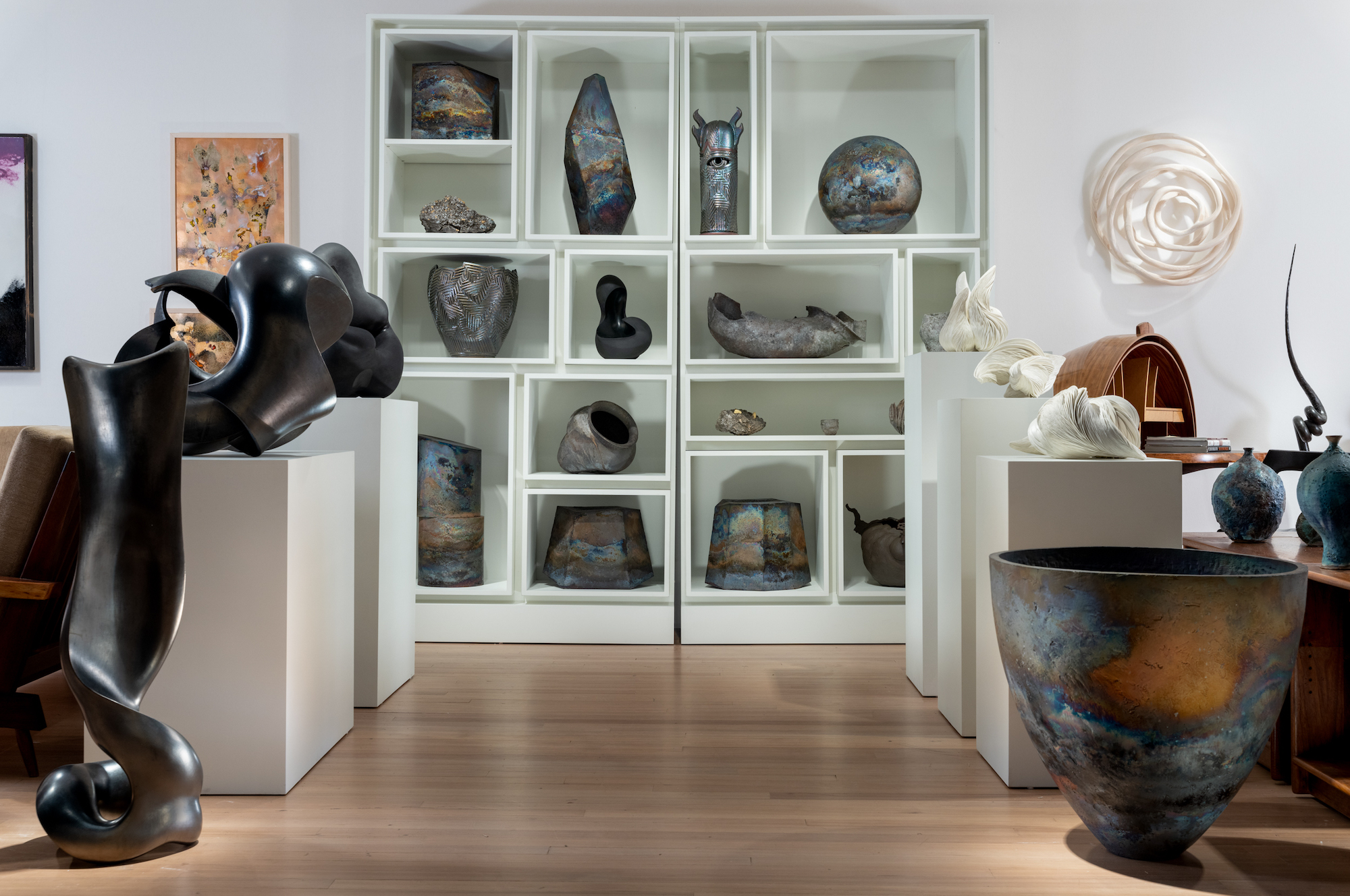
The subsequent transition to Nakashima happened naturally. “My main interest was wood,” says Robert. “French Art Deco was all about wood – design and wood. And so, this fitted in perfectly,” And the more he learned about George Nakashima, the more his affinity to wood craft grew. “It was spiritual for him,” says Robert. “It had a very deep meaning, and it was about the connection of the natural world to the human world. He was very much at the forefront of that.”
A successful collaboration with an expert on Wharton Esherick moved Moderne further into Studio Craft; and from the mid 1990s, Robert decided to broaden their horizons to living artists within the movement.
“The first one that that I really picked up on was David Ebner, who’s still working. I wanted to represent him. And then that started to spread.”
Joshua’s accession to the business has accelerated their engagement with contemporary artists – and these are very much the spiritual heirs of the Studio Craft Movement. Makers like Fabien Dubrunfaut, who creates sublime sculptural furniture that leans into American hardwoods, with precise, exposed joinery. And the fabulous future-retro French panache of Hervet Manufacturier, a Parisian atelier who combine the ethos of Studio Craft with the élan of Space Age material experimentation.
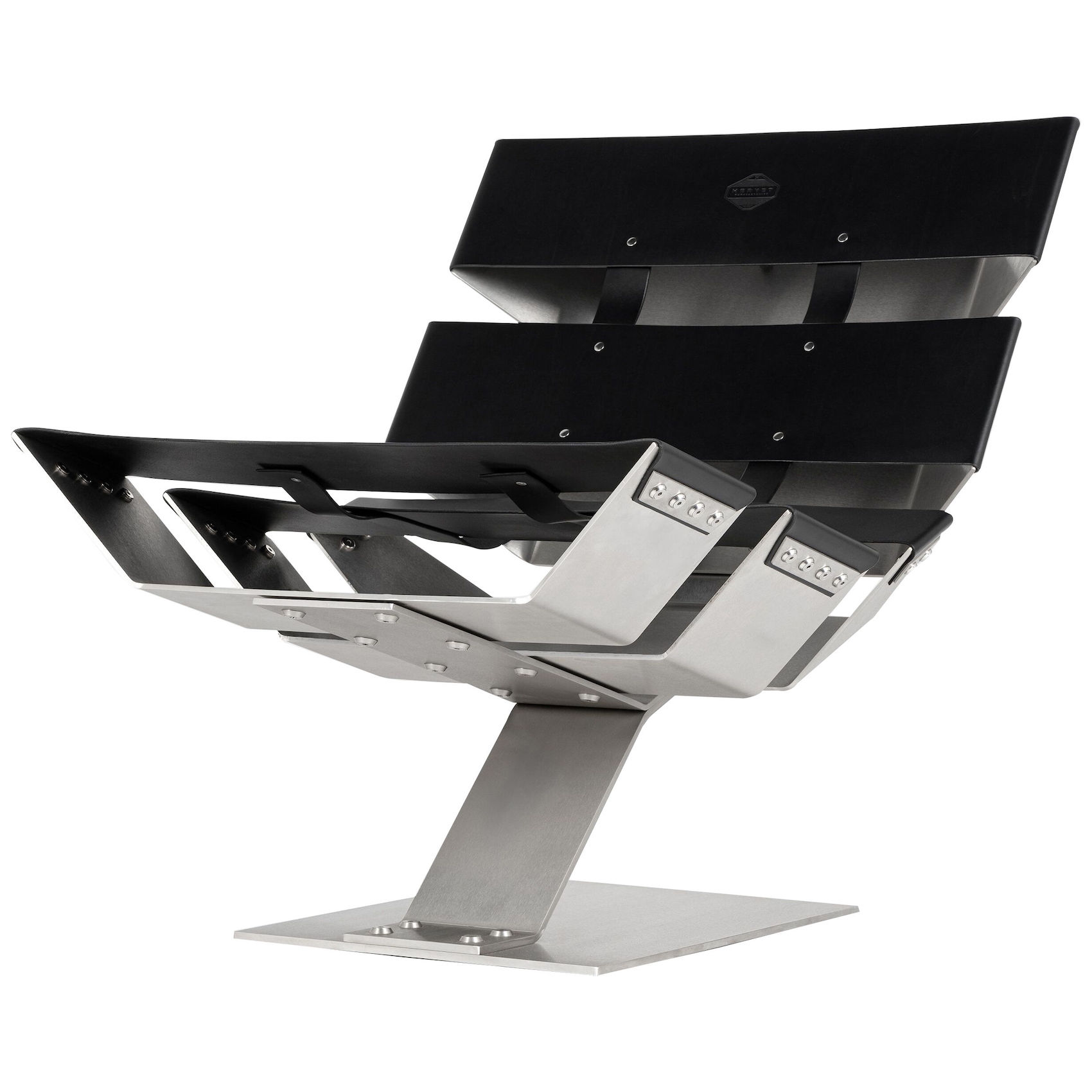
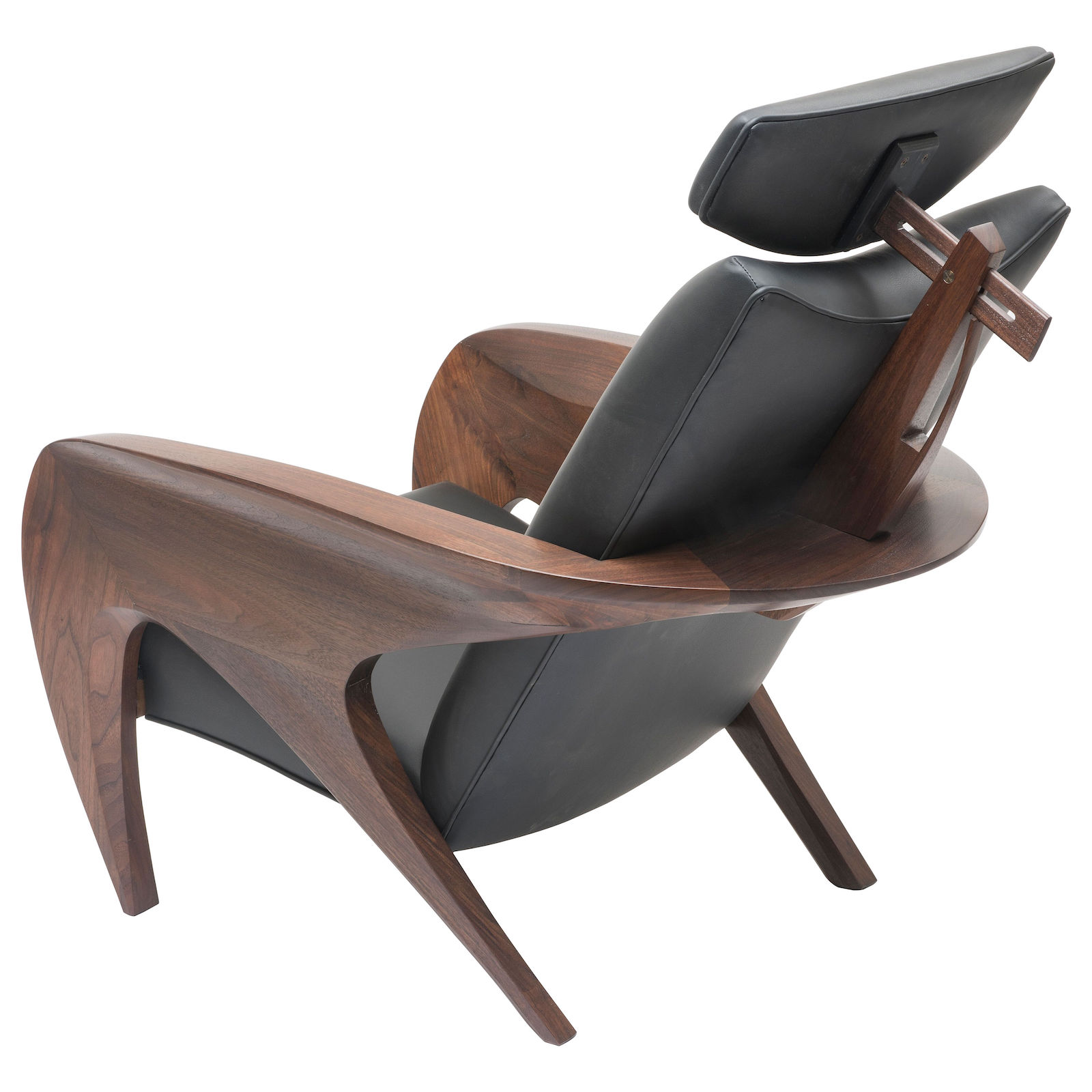

And one of the hard-earned benefits of Moderne’s long specialisation and dedication is that this new generation of Studio Craft artists now seeks the gallery out – as do the collectors, who have a seemingly insatiable appetite for the authentic beauty of Studio Craft work and their contemporary progenitors.
Of the movement’s original icons, it’s interesting to get Robert and Joshua’s perspective on their relative standing. And Robert makes the point that it’s not enough – in commercial terms – to have created brilliant work. There also needs to be enough of it to feed the market. Nakashima, he believes, made around 35,000 pieces in his lifetime. And they both hail Sam Maloof and Paul Evans as having created similar amounts of work, and combining that with great craftsmanship and skill.
The Aibels place Wendell Castle and Wharton Esherick in this league of greatness too; though of the latter, Robert says: “His work was so limited in terms of the number of pieces, that it was hard for him to get an international, or even a national, profile. A lot of people still don’t know who he is – as important as he was.”
Robert and Joshua are the real deal. To spend time discussing these artists with them is to be immersed in a passionate discourse about things that matter with people who care. For Robert, it’s a deep connection with and respect for the materials, and a desire to give the artists the due they deserve. For Joshua, it’s his artistic sensitivity to fine details and to his environment combined with the epiphany of a visit to the Wharton Esherick museum (he later caught the dealing bug with his first sale of a Sam Maloof piece at a design fair). One can’t help but feel that the legacy of the Studio Craft Movement is in safe hands.
As for the future of the movement, Joshua looks to the artists who are creating new work, but who have an understanding of what came before. “When there’s the essence [of the Studio Craft Movement] combined with originality, it creates an entire other layer of sophistication. And these one-of-a-kind works are truly carrying on the legacy of the movement. This is the next progression.”
Read more: Interiors | Vintage I Design | Dealers | USA | Mid-Century | George Nakashima | Studio Craft | Interior Designers



